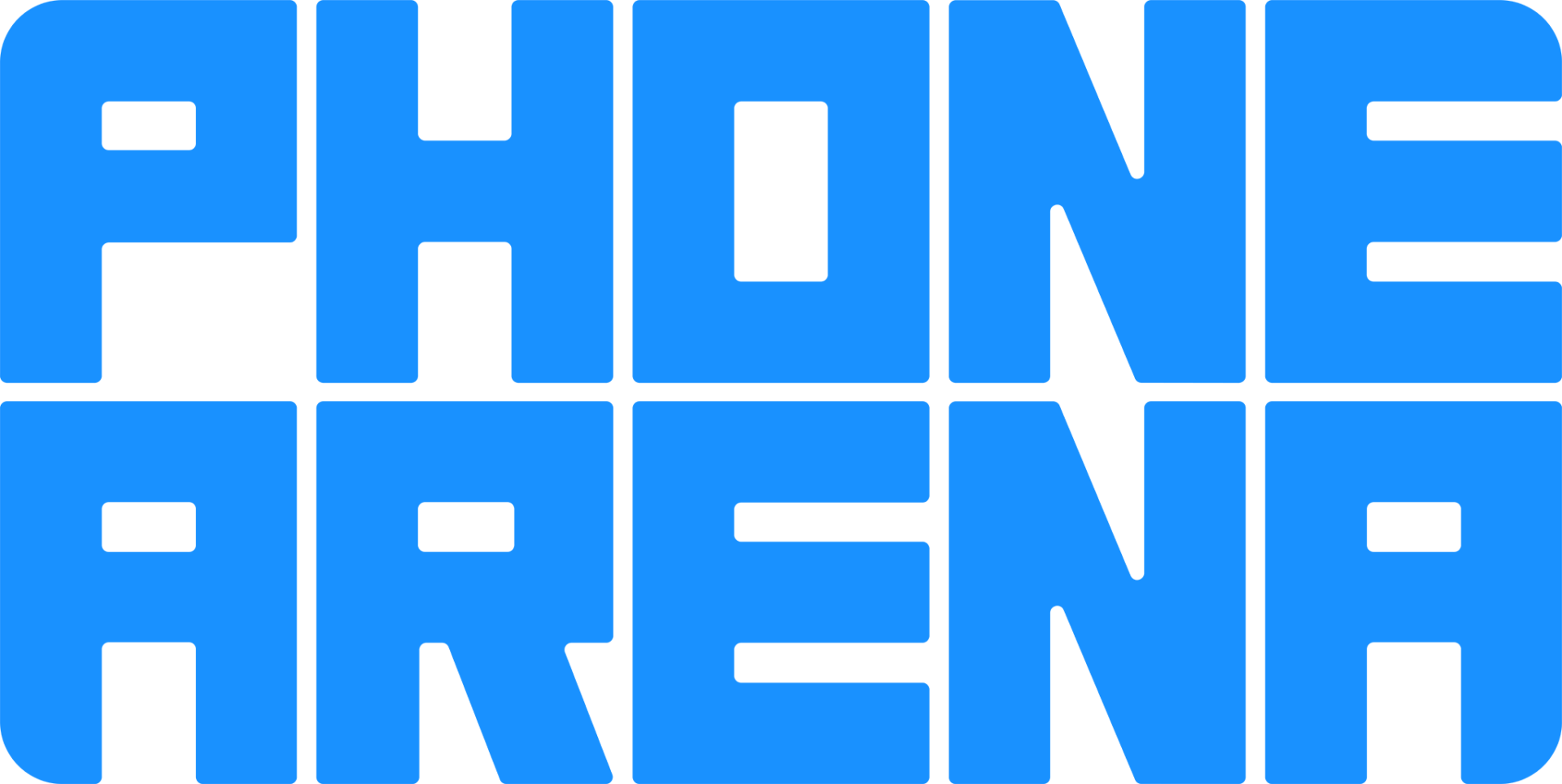A comparison of specs, key information, reviews, and best pricing from top retailers
Last updated -- hours ago | Report incorrect information
What we think

The PerfectRec laptop team Learn more
Updated January 10, 2024·
The Dell Latitude 5430 is less expensive and offers solid performance for general use, with respectable battery life and portability, making it a good choice for typical business tasks and everyday activities. However, if you require a more powerful machine for 3D rendering, machine learning tasks, or gaming, the Razer Blade 17 is the way to go despite its higher price; it comes with a much more potent processor, a top-of-the-line graphics card, more memory and storage, and a higher resolution display. The tradeoff for the Razer Blade 17's performance boost is a heavier weight and shorter battery life, which affects its portability. Give Feedback
this description is based on the product variant with some specs and product variant with some specs. At the time of writing, the variant with some specs cost some dollars and the variant with some specs cost some dollars.
Advantages of the Dell Latitude 5430
- Very good portability
- Good battery life
Advantages of the Razer Blade 17
- Very good for general use
- Excellent for engineering and design
- Very good for gaming and AI
- Very good for software development
- Very good for content creation
- Very good overall display quality
- Very good overall build quality
- Excellent speakers
- Excellent keyboard
Key differences
General Use
7.2


8.5
1920 x 1080
RESOLUTION
3840 x 2160
IPS
DISPLAY TECHNOLOGY
IPS
248.0 nits
DISPLAY BRIGHTNESS
486.0 nits
9.0 Hours
BATTERY LIFE
5.5 Hours
7.0/10
KEYBOARD QUALITY SCORE
9.0/10
8.4/10
PORTABILITY SCORE
6.7/10
The Razer Blade 17 is very good for general use, while the Dell Latitude 5430 is good.
The Razer Blade 17 boasts a more powerful processor and significantly more memory than the Dell Latitude 5430, contributing to smoother performance in a variety of tasks. Additionally, the Razer's display is of higher quality, with better resolution and color accuracy, but it's less portable and has a shorter battery life than the Dell, which may be more practical for users who prioritize mobility and longer use on a single charge.
Gaming and AI
6.0


8.6
3.6/10
OVERALL GPU SCORE
9.2/10
1920 x 1080
RESOLUTION
3840 x 2160
60Hz
REFRESH RATE
144Hz
No
SUPPORTS DLSS
Yes
No
MUX SWITCH / ADVANCED OPTIMUS
Yes
8.0/10
FAN NOISE SCORE
7.2/10
The Razer Blade 17 is very good for gaming and AI, while the Dell Latitude 5430 is only fair.
The Dell Latitude 5430 has a basic integrated graphics card and a standard refresh rate which makes it fair for gaming and 3D applications, whereas the Razer Blade 17 boasts a top-tier discrete graphics card and a higher screen refresh rate that delivers excellent performance in gaming and 3D rendering. Additionally, the Razer Blade has superior screen quality and processing power, contributing further to its top-notch gaming and 3D capabilities.
Engineering and Design
6.5


9.1
6.4/10
OVERALL CPU SCORE
9.2/10
3.6/10
OVERALL GPU SCORE
9.2/10
8.0 GB
RAM
32.0 GB
The Razer Blade 17 is excellent for engineering and design, while the Dell Latitude 5430 is only fair.
The Dell Latitude 5430's moderate CPU and integrated graphics might struggle with demanding engineering and design tasks, while the Razer Blade 17's high-end CPU and dedicated gaming-class GPU are better suited for such intensive workloads. Additionally, the Razer provides a superior screen with higher resolution and color accuracy which is essential for design work, but it is less portable and has a shorter battery life compared to the more mobile-focused Dell Latitude 5430.
Content Creation
7.2


8.5
6.4/10
OVERALL CPU SCORE
9.2/10
1920 x 1080
RESOLUTION
3840 x 2160
8.0 GB
RAM
32.0 GB
IPS
DISPLAY TECHNOLOGY
IPS
The Razer Blade 17 is very good for content creation, while the Dell Latitude 5430 is good.
PerfectRec’s Content Creation Score takes into account the many different features of the laptop that make it more or less suitable for photo editing, video editing and other content creation tasks.
Software Development
7.1


8.5
6.4/10
OVERALL CPU SCORE
9.2/10
8.0 GB
RAM
32.0 GB
1920 x 1080
RESOLUTION
3840 x 2160
7.0/10
KEYBOARD QUALITY SCORE
9.0/10
The Razer Blade 17 is very good for software development, while the Dell Latitude 5430 is good.
PerfectRec’s Software Development Score takes into account the many different features of the laptop that make it more or less suitable for software developers.
Screen Quality
6.1


8.6
14.0in
SIZE
17.3in
1920 x 1080
RESOLUTION
3840 x 2160
IPS
DISPLAY TECHNOLOGY
IPS
60Hz
REFRESH RATE
144Hz
248.0 nits
BRIGHTNESS
486.0 nits
The Razer Blade 17 has a better screen than the Dell Latitude 5430 for general use, gaming and AI, engineering and design, content creation, and software development.
The Dell Latitude 5430's fair screen quality for general use stems from its adequate resolution and brightness, but it may fall short for users seeking vibrant displays with wider color coverage. In engineering and design, its fair screen quality may limit color precision due to its standard color gamuts, which may not meet the high standards for Adobe RGB or DCI-P3. The Razer Blade 17, with its very good screen quality, excels in general use and engineering due to its higher resolution, brightness, and wide color gamuts, but its lack of an ultra-high refresh rate hinders its potential for top-notch Gaming and 3D tasks.
Battery
9.0 Hours


5.5 Hours
The Dell Latitude 5430 has 9 hours of battery life. The Razer Blade 17 has 5.5 hours of battery life.
Battery life estimate is based on a mix of common use patterns. More portable and higher performing laptops tend to have less battery life.
Portability
Very Good


Fair
14.0in
SIZE
17.3in
3.0 lbs
WEIGHT
6.0 lbs
0.7in
THICKNESS
0.7in
The Dell Latitude 5430 has very good portability, while the Razer Blade 17 has only fair portability.
The most portable laptops are small, thin, and light.
Build Quality
7.4


8.5
The Razer Blade 17 has very good build quality, while the Dell Latitude 5430 has good build quality.
PerfectRec’s Build Quality Score incorporates case materials, display and keyboard flex, hinge quality, and overall reliability.
Cost
$790


$4,300
$0
$1,000
$2,000
$3,000
$4,000
The Dell Latitude 5430 has a price of $790 and the Razer Blade 17 costs $4,300.

Let Us Help Find Your Perfect Laptop
Find your new laptop
Give feedback
We’re constantly working to improve.
How the Dell Latitude 5430 and the Razer Blade 17 compare to other laptops
Spec Comparison
| Dell Latitude 5430 | Razer Blade 17 |
GENERAL | |||
|---|---|---|---|
| Price | |||
$790 | $4,300 | ||
Release Date | |||
Release Date | May 1, 2022 | February 1, 2022 | |
Overall Dimensions | |||
Overall Dimensions | 12.7'' x 8.4'' x 0.76'' | 15.6'' x 10.2'' x 0.78'' | |
Weight | |||
Weight | 3.01 lbs | 6.06 lbs | |
Width | |||
Width | 12.65" | 15.55" | |
Depth | |||
Depth | 8.35" | 10.24" | |
INTERNAL | |||
|---|---|---|---|
Processor | |||
Processor | Intel i5-1235U | Intel i9-12900H | |
RAM | |||
RAM | 8 GB | 32 GB | |
DDR Memory Version | |||
DDR Memory Version | 4 | 5 | |
RAM Slots | |||
RAM Slots | 2 | 2 | |
Storage | |||
Storage | 256 GB | 1024 GB | |
BATTERY | |||
|---|---|---|---|
Battery Life | |||
Battery Life | 9 Hours | 5.5 Hours | |
Battery Capacity | |||
Battery Capacity | 58 Wh | 82 Wh | |
SCREEN | |||
|---|---|---|---|
Diagonal Size | |||
Diagonal Size | 14" | 17.3" | |
Display Technology | |||
Display Technology | IPS | IPS | |
Resolution | |||
Resolution | 1920 x 1080 | 3840 x 2160 | |
Refresh Rate | |||
Refresh Rate | 60Hz | 144Hz | |
Display Brightness | |||
Display Brightness | 248 nits | 486 nits | |
RELIABILITY, APPEARANCE & ACOUSTICS | |||
|---|---|---|---|
Build Quality Score | |||
Build Quality Score | 7.4/10 | 8.5/10 | |
Portability Score | |||
Portability Score | 8.4/10 | 6.8/10 | |
Gaming Laptop Appearance | |||
Gaming Laptop Appearance | No | Yes | |
Premium Business Laptop | |||
Premium Business Laptop | Yes | No | |
Fan Noise Score | |||
Fan Noise Score | 8/10 | 7.3/10 | |
HARDWARE FEATURES | |||
|---|---|---|---|
Keyboard Quality Score | |||
Keyboard Quality Score | 7/10 | 9/10 | |
Speaker Quality Score | |||
Speaker Quality Score | 8/10 | 9.1/10 | |
Webcam | |||
Webcam | 720p | 1080p | |
Fingerprint Reader | |||
Fingerprint Reader | No | No | |
Backlit Keyboard | |||
Backlit Keyboard | Yes | Yes | |
Number Pad | |||
Number Pad | No | No | |
CONNECTIVITY | |||
|---|---|---|---|
USB Type-A | |||
USB Type-A | 2 | 3 | |
USB-C ports | |||
USB-C ports | 2 | 2 | |
USB-C Charging | |||
USB-C Charging | Yes | Yes | |
Display Outputs | |||
Display Outputs | 3 | 3 | |
Thunderbolt Version | |||
Thunderbolt Version | 4 | 4 | |
Shopping
Razer Blade 17
See more
Dig into reviews and images
NotebookCheck
Sascha Mölck | July 2022
"Our test configuration of the Blade 17 targets gamers and creative professionals. A Core i9-12900H processor, GeForce RTX 3080 Ti Laptop GPU (175 watts TGP after the BIOS update, 16 GB of VRAM), and 32 GB of working memory equip the laptop for video processing, rending, and 4k gaming at the highest level. In addition, a fast PCIe-4 SSD (1 TB) ensures short load and storage times. With the Blade 17 (Early 2022), Razer delivers a successful and powerful work device for creative professionals. But this also has its price."
Get a great deal on the Dell Latitude 5430 or the Razer Blade 17
About Dell
Dell is a highly recognizable American technology company, and is one of the largest personal computer vendor by market share. Their laptops are very popular for both personal and professional use, and they also own the Alienware brand which makes mid to high end gaming laptops. Their premium XPS range of laptops offer great build quality and portability, while Latitude and Precision laptops are known for reliability, repairability and performance for business users.
About Razer
Razer is an American-Singaporean technology company. Razer is best known for their Blade series laptops, well known for their strong performance and sleek design. Although Razer charges a premium price tag for their laptops, buyers can expect a stealthy laptop with clean fit and finish and strong performance. All of their models offer great portability and build quality compared to other gaming laptops.
Give feedback
We're constantly perfecting our model
Laptop guides you might be interested in
More comparisons for you
FAQs
FAQs about laptops
Why trust us
This information was produced and vetted by the PerfectRec laptops team. We are a product research and recommendation organization that meticulously reviews and evaluates the latest laptop information and makes it digestible for you.
By the numbers
380
Laptops evaluated
48,640
Laptops stats compiled
13
Proprietary Laptops ratings developed
131,295
Recommendations made
28,448
Consumer hours saved
About the laptop team
Joe Golden, Ph.D
CEO and Laptops Editor
Joe is an entrepreneur and lifelong electronics enthusiast with a Ph.D in Economics from the University of Michigan.
Jason Lew
Staff Expert & Software Engineer
Jason is a staff expert and software engineer that has been making laptop recommendations for 7 years and moderates one of the largest laptop subreddits.
Chandradeep Chowdhury
Staff Expert & Software Engineer
Chandradeep is a staff expert and software engineer and expert in televisions and monitors. He’s been making monitor recommendations for ten years.
Craig Russell
Laptops Expert
Craig is a UK-based laptops expert. Craig works in IT, where he recommends and supports laptops and PCs for clients and has been recommending laptops on Reddit for five years.







